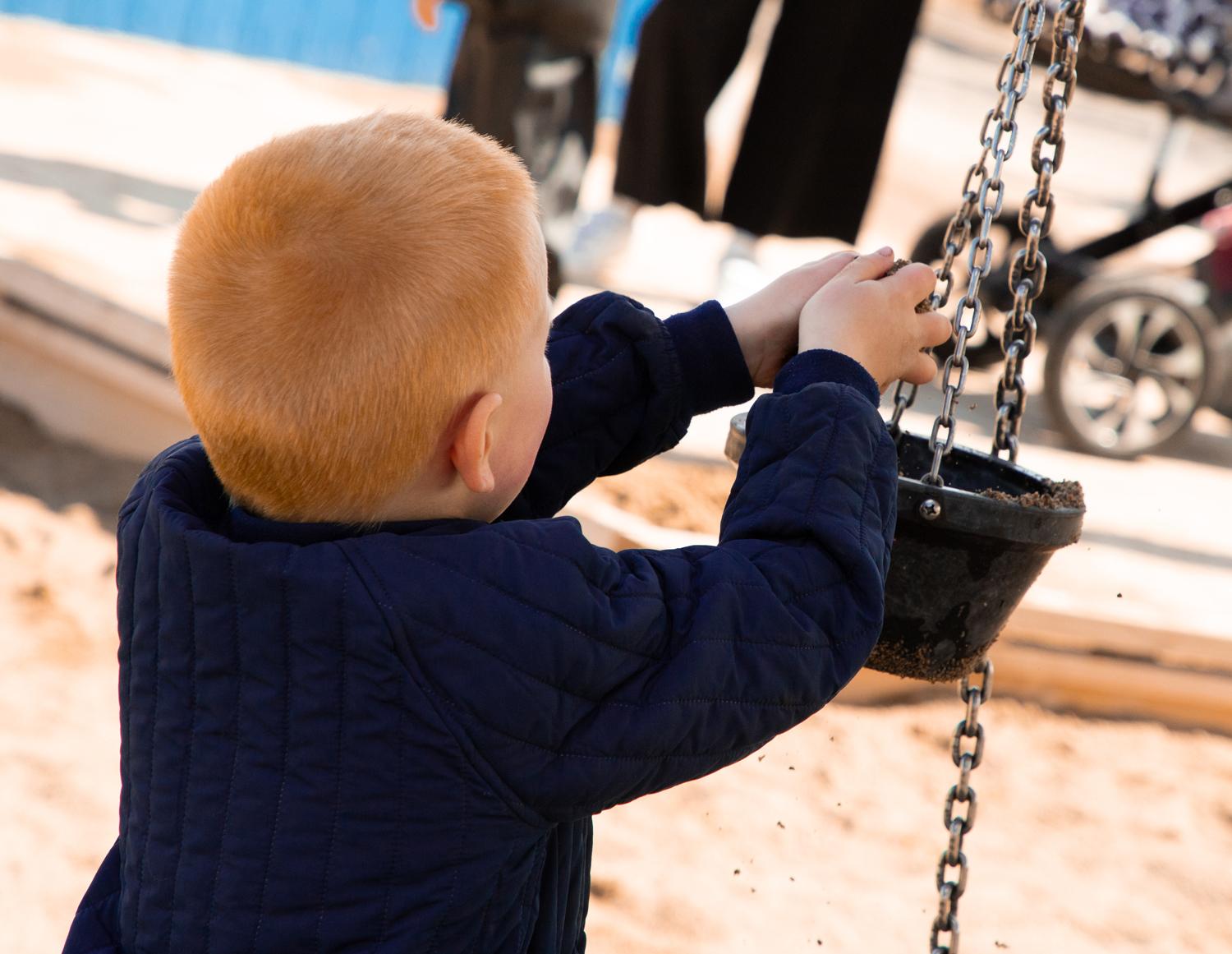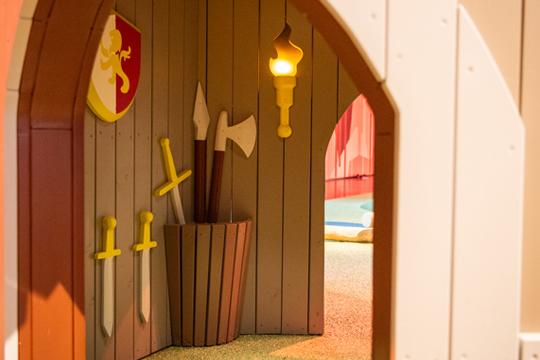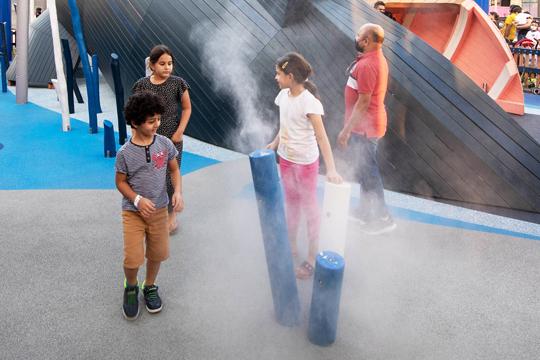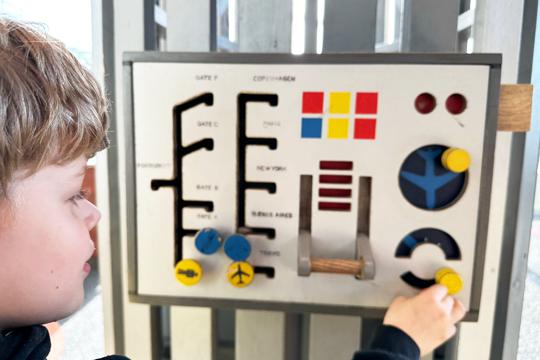OUR INCLUSIVE APPROACH
OUR COMMITMENT
At MONSTRUM, we create imaginative playgrounds for all ages and abilities. Play is a universal language that unites us, with no boundaries except the imagination. Our designs ignite creativity, offering colorful worlds to explore—whether through tactile play in the sand, sensory boards, or climbing up to a giant tube slide.
Children’s needs are unique, and we understand the challenge of creating a playground that suits everyone. However, we strive to offer fun, stimulating experiences for all, with something for everyone. MONSTRUM designs prioritize accessibility, creating inclusive spaces where all children can play together, fully integrating accessible play into our elements rather than isolating it in standalone accessible objects.
MONSTRUM'S DESIGN PRINCIPLES
MONSTRUM’s design philosophy revolves around three core principles: artistic quality, inspiring movement, and creating inclusive gathering spaces. By putting people at the center of our designs, we foster inclusivity while ensuring all play features and access routes meet local safety standards, all while going beyond the ordinary.
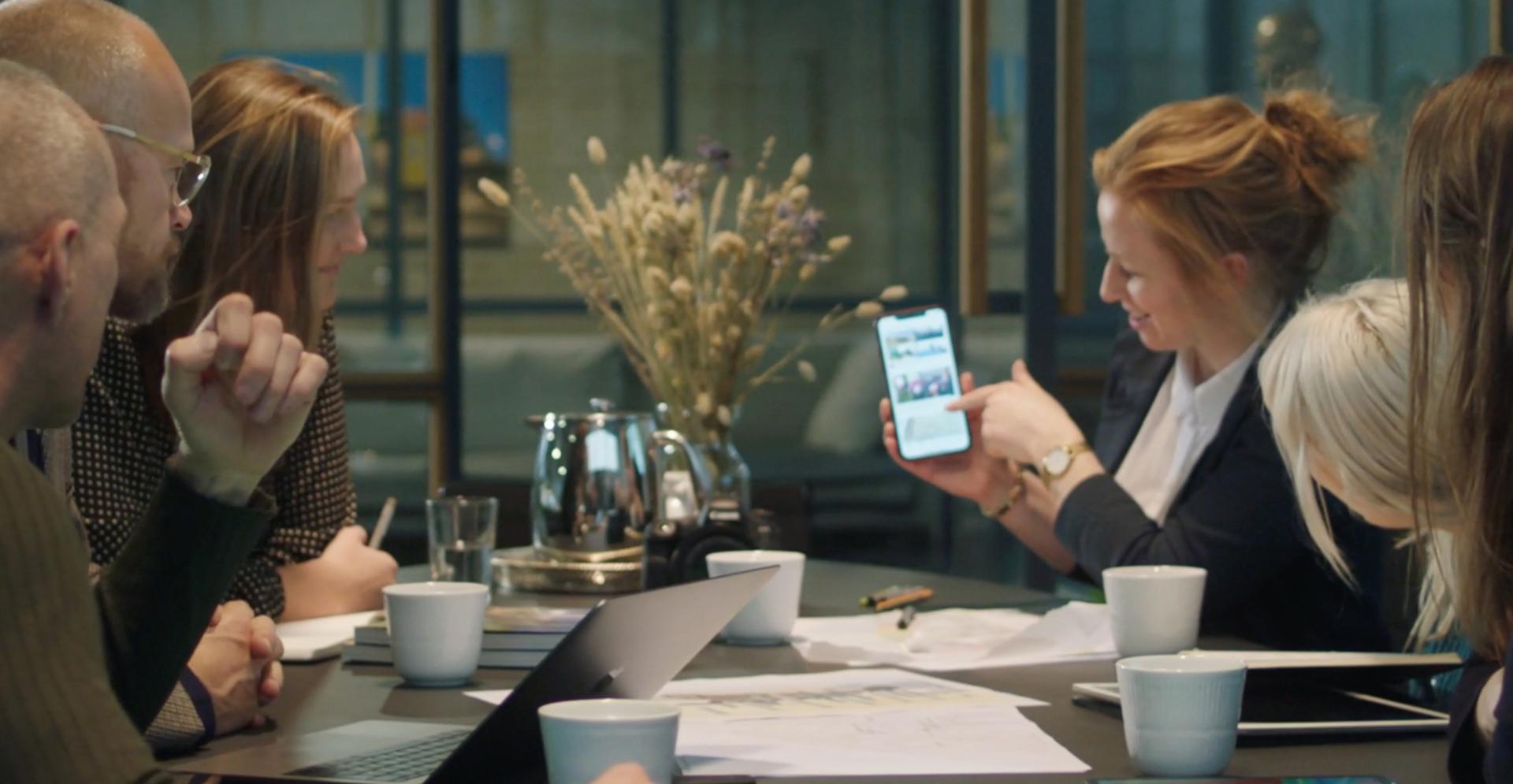
![]()
ARTISTIC QUALITY
STORYTELLING · SENSORY STIMULATION
We’re committed to artistic quality and inclusive play and firmly believe that these two elements can co-exist.
The artistic quality of a playground serves as a catalyst for kid’s creativity and curiosity, stimulating the senses and developing a broad range of skills - both cognitive and physical.
![]()
GATHERING PLACES
SOCIAL SKILLS · COMMUNITY
We create playgrounds composed as scenes, which serve as a social platform, welcoming people of all ages and cultures, regardless of their abilities, by communicating through the universal language - play.
![]()
INSPIRING KIDS
TO MOVE
PHYSICAL CHALLENGES
A great playground should inspire kids to move and challenge themselves in exciting new ways. We create playgrounds that demand exploration - you can’t merely observe at a distance. As visitors move through a playground, they’ll encounter multiple routes and challenges, each one testing their motor skills and encouraging them to push their limits.
AN INCLUSIVE FOCUS
Our approach to creating inclusive playgrounds is expressed through six focus areas.
 NARRATIVE
NARRATIVE
UNIVERSAL APPEAL - IMMERSIVE STORIES
A story that unlocks the imagination is accessible for all and universally understandable.
At MONSTRUM, we specialize in designing scenes, where adventures unfold. These scenes ignite the imagination and inspire kids of all ages and abilities to immerse themselves in the narrative of the playground. Narratives activate children and bring them together as they embark on adventures.
VISUAL STIMULATION
A scene full of colour, pattern and shapes contributes to creating inclusive play experiences for many.
Visual stimulation has a significant influence on children’s emotional and cognitive development and is particularly relevant for children with autism spectrum disorder.

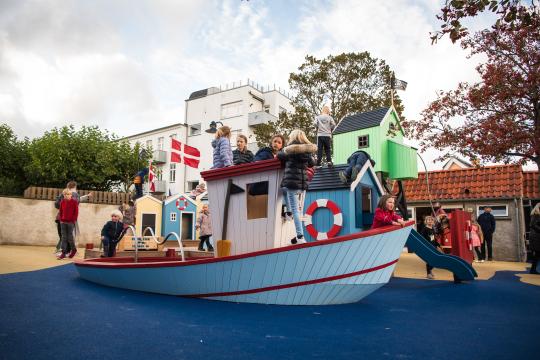
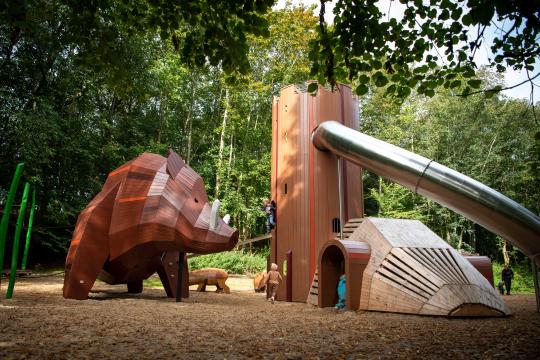
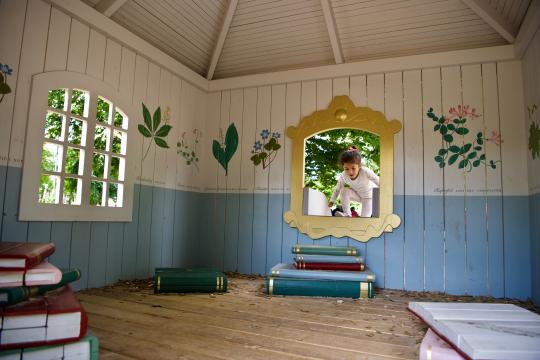
 ACCESS
ACCESS
SURFACING
The choice of surfacing is key for accessibility, especially for wheelchair users and those with mobility challenges. Rubber surfacing offers a stable, accessible path, and we often design a network of rubber paths to ensure easy navigation throughout the playground.
GROUND-LEVEL ACTIVITIES
Our playgrounds feature accessible, ground-level activities, such as sensory elements, sand play, and lower swings.
ELEVATED-LEVEL ACTIVITIES
We incorporate elevated play areas with accessible features, such as ramps, to allow access to higher playground levels.
GRADIENT IN SURFACE
Surface gradients add to the play experience, allowing wheelchair users to enjoy the thrill of rolling over hills.
TRANSFER PLATFORMS
Transfer platforms provide access to elevated features like slides for those with mobility impairments.
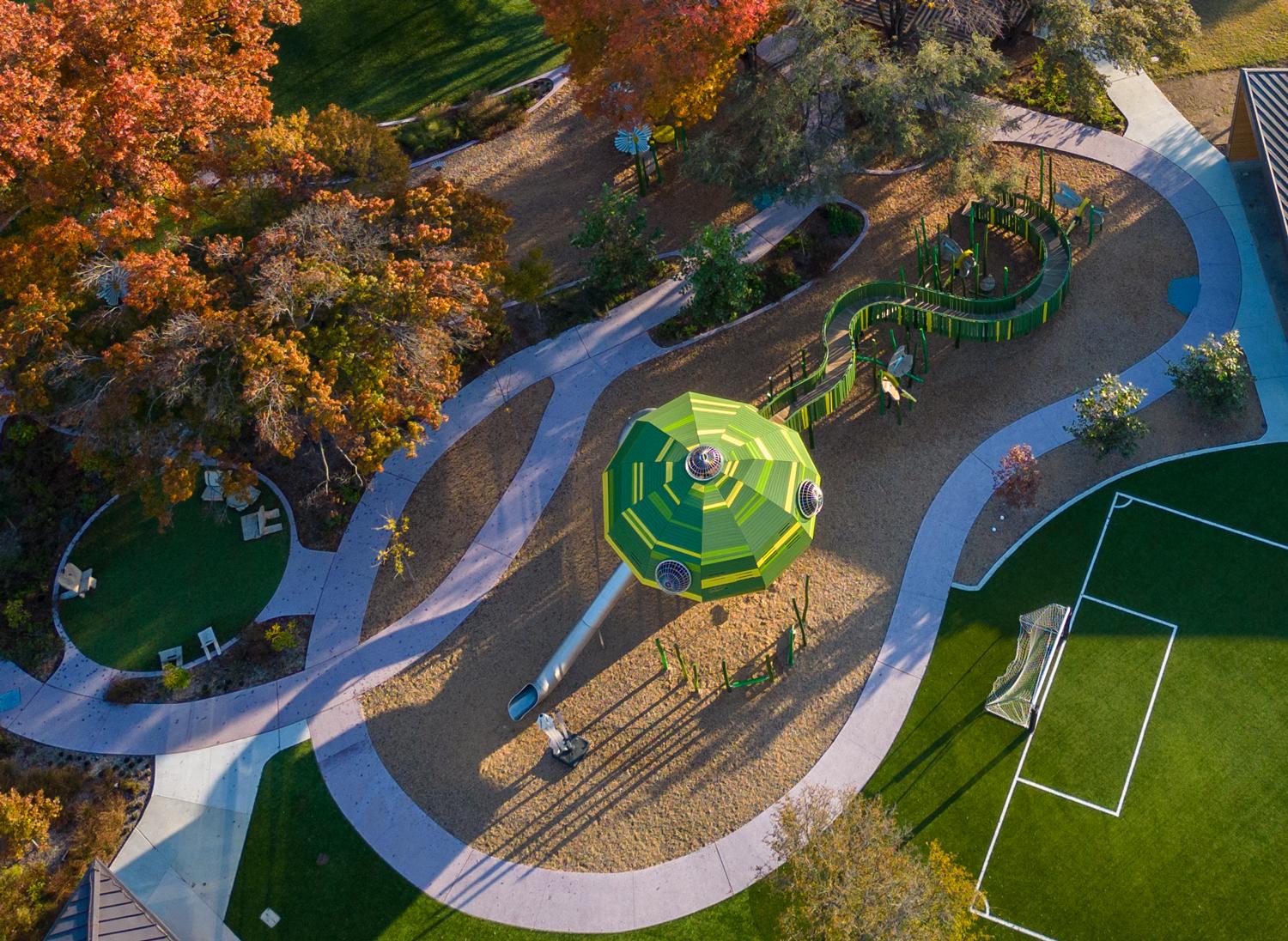
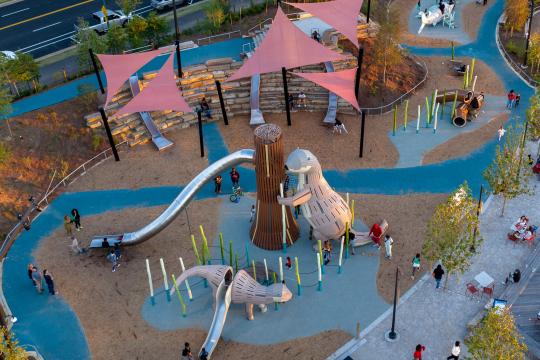
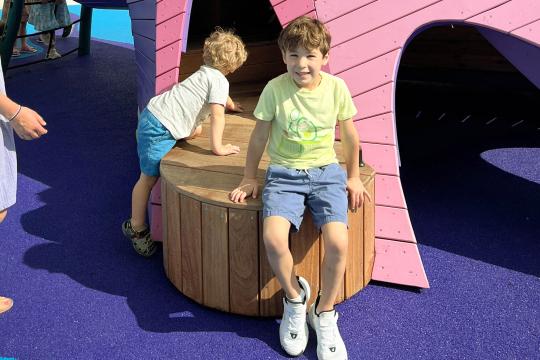
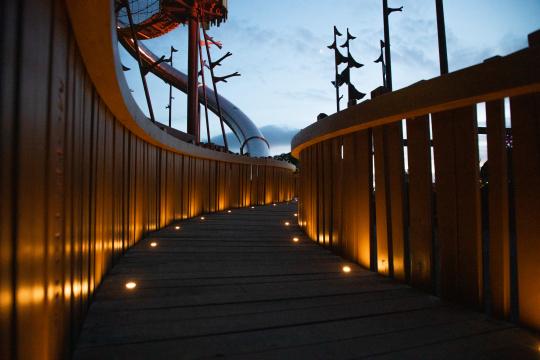
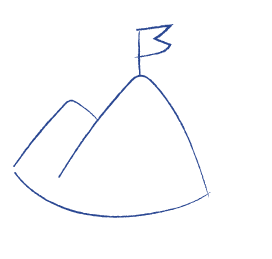 CHALLENGES
CHALLENGES
PROBLEM-SOLVING
Playgrounds foster problem-solving and cooperation as kids figure out how to navigate and overcome challenges, such as cognitive tasks with sensory panels or storytelling features.
RISK ASSESSMENT
Challenging play helps kids build resilience, autonomy, and spatial awareness by assessing risks and testing their physical abilities. We incorporate varying difficulty levels to encourage risk assessment and body awareness.
EXPLORATION
MONSTRUM playgrounds invite exploration with narrative-driven designs, including educational elements like local flora and fauna, enhancing learning through discovery.
MOVEMENT
Movement is accessible to all and features like lower, wider basket swings that cater to younger children and those with mobility impairments.
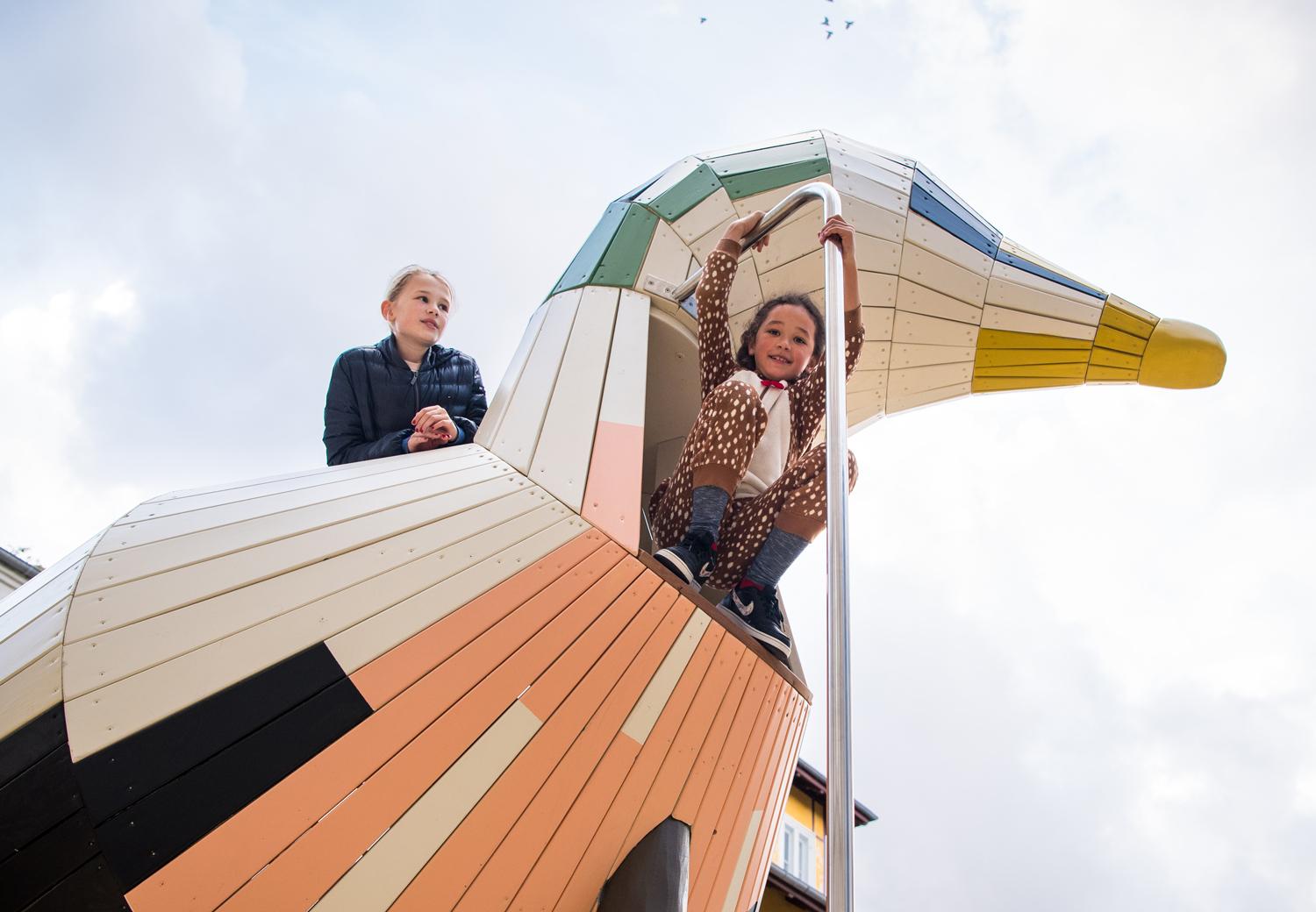
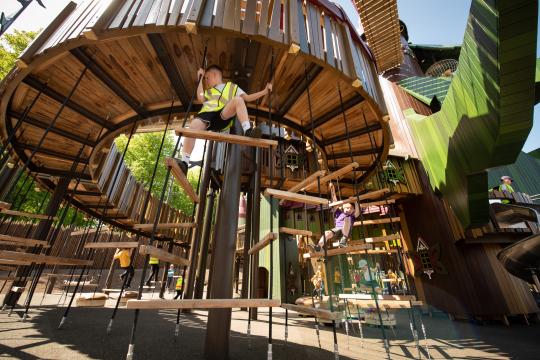
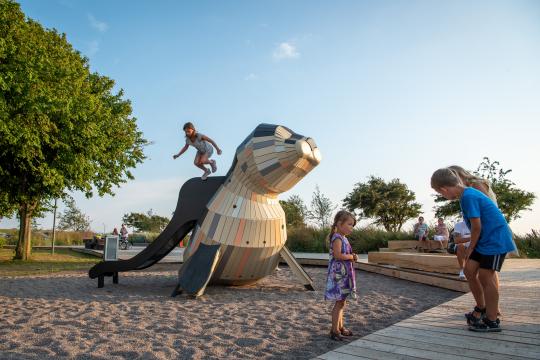
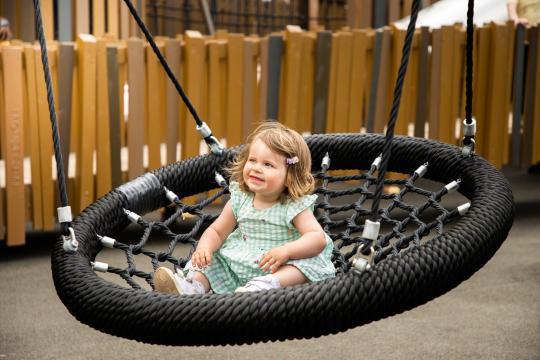
 SOCIAL INTERACTION
SOCIAL INTERACTION
PARALLEL PLAY
Playgrounds encourage social interaction by allowing children to play alongside each other, helping to break down communication barriers and unite them.
COMMUNITY
Open and accessible, playgrounds provide a space for people of all backgrounds to gather and connect.
COOPERATION
Playgrounds promote teamwork and problem-solving, helping kids build friendships, take turns, assess risks, and develop cooperation skills.
TRANSPARENCY
Playground structures with gaps allow kids to interact with others and caregivers, navigate more easily, and feel more secure, promoting independence.
ROLE PLAY
Imaginative playgrounds foster creative role play, helping children develop communication skills and emotional awareness.

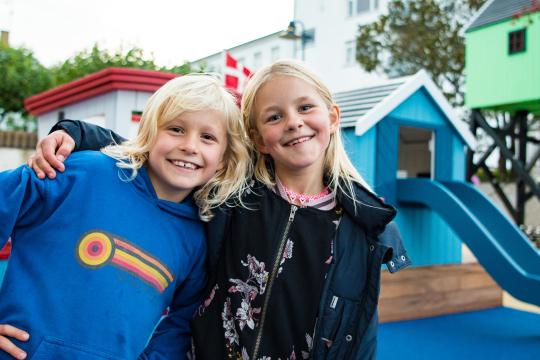
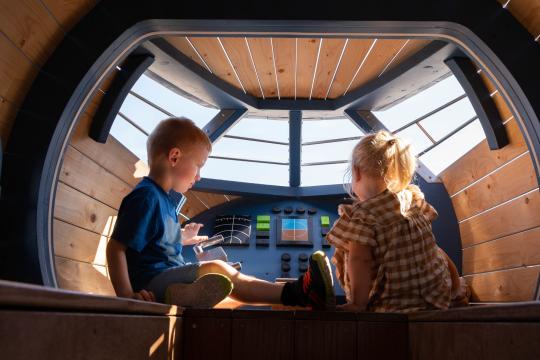

 SAFE SPACES
SAFE SPACES
RESTING/QUIET AREAS
Features such as benches and seating areas provide a welcome rest for tired legs and allow kids to draw back for a moment, when necessary. This can be helpful for children, who become easily overwhelmed or overstimulated.
SPOTS TO OBSERVE FROM
Places where kids can gain an overview of the area and the activity around them and pull back from the busyness of the playground are helpful. Kids can draw back and observe but still be present close to the action in small nooks and crannies built into the playground design.
REFLECTIVE PLAY
Children are encouraged to reflect and engage in quieter, sensory play in smaller, more enclosed areas with, for example, sensory activity panels or educational illustrations.
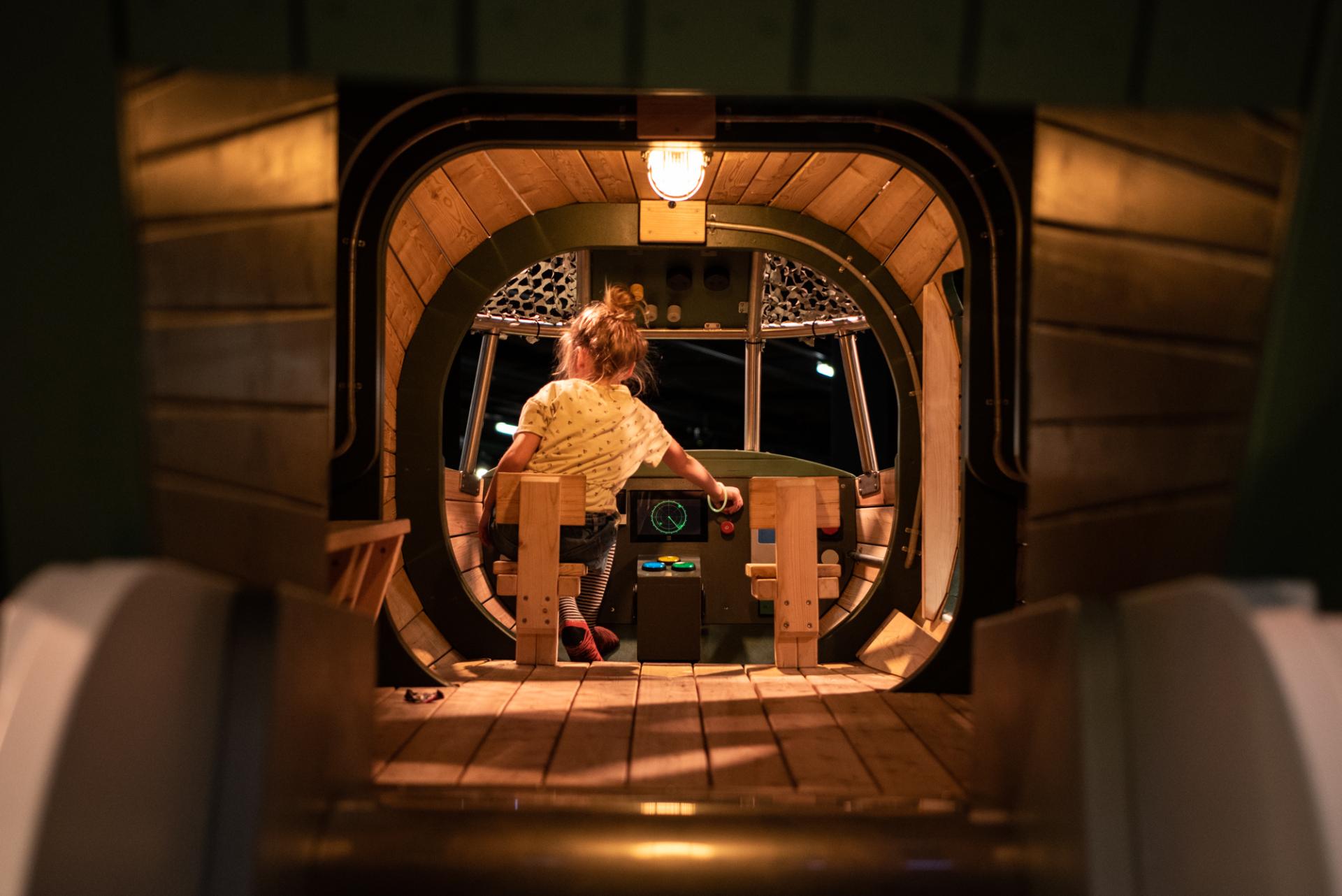
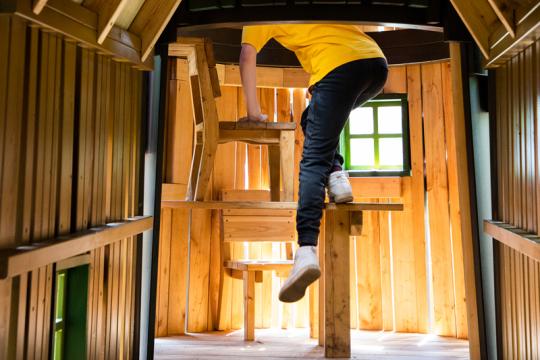
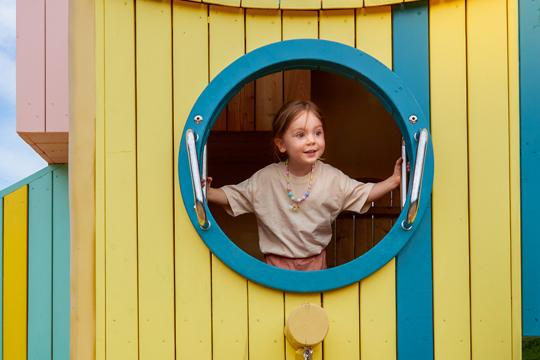

 SENSORY PLAY
SENSORY PLAY
MUSIC
Musical features provide an opportunity for children to engage with the environment through sound and touch.
TACTILE - FINE MOTOR SKILLS
The playground is built with natural materials, primarily wood, which provide a tactile and sensory experience for children. Wood is a fantastic material, which is also proven to provide numerous health and physiological benefits.
QUIET PLAY
Through calmer, sensory play, children are able to take a break from the bustle of the playground in quiet spaces designed for sensory exploration and relaxation.
VISUAL CUES
Visual features offer sensory experiences that cater to various needs and abilities. Lighting helps children, especially those with visual or cognitive impairments, navigate and explore. We also incorporate paintings and illustrations as educational and decorative elements, adding layers of learning and storytelling to the playground.
